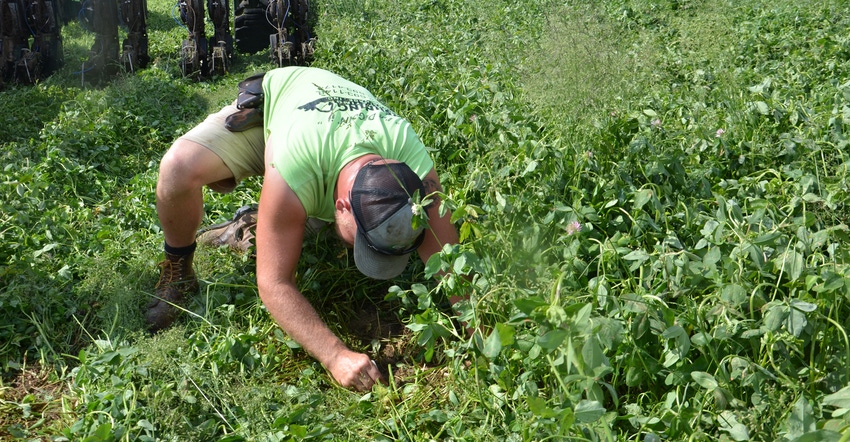March 28, 2022

Maybe someday your tractor and planter will go to the field and plant while you’re in the office. Then again, maybe not. Many believe you still have a place in that equation, and so do we.
Yes, we know some companies have already proved that autonomous planting is possible. There are multiple reasons why it hasn’t caught on yet. At the same time, there are also reasons why companies serious about debuting commercial autonomous technology start with tractors pulling grain carts and tillage equipment instead of planters.
Taking the human out of an operation as complex as planting is a big stretch. Not only must the tractor be positioned correctly, but someone must continually make decisions as conditions change. Should planting depth be adjusted? Are row cleaners doing too much hairpinning? If so, how do you correct it? Is the closing system creating air pockets beneath the seed? What can be adjusted to remove the air pockets?
Yes, artificial intelligence may someday conquer this complex decision-making process — maybe, maybe not. If and until, hang as much technology as money can buy on your planter — and most of it represents tremendous advancement — but someone must decide what to do with the information collected. Someone must decide where to set the downforce maximum and minimum pressures so the technology can operate.
Keeping perspective
John Mick, a Pioneer field agronomist in south-central Nebraska, said it well on a Pioneer Forward Agronomy webinar recently. “Technology should complement management on the farm, not replace it,” he insisted. We agree!
“You must still have the human element in the equation,” Mick said. “If you just sit in the cab for hours watching screens, you’re probably making a mistake. Stop the tractor, walk behind the planter and dig. You won’t know you’re leaving air pockets under some seeds unless you dig and find them.”
What technology companies like Precision Planting brought to the table is nothing short of fascinating. It’s incredible to write about things like smart sensors and see them work. Sensors actually display space age-like colored lights on a tiny module at the bottom of the seed trench, so you know they’re working. And they relay information to the cab, reporting soil moisture, amount of residue in the seed trench and much more. Someday soon the computer in the cab may send back signals adjusting planting depth based on those readings.
Will it be time to turn over control of the tractor to the guidance system? Can you sit in the shade after all? We don’t think so. Who is going to tell the system if it should change depth at 30% soil moisture or 35%? You are still the critical connecting link.
And how will you decide? You will base it on experience, from 10, 20, even 40 years of digging behind planters. Maybe you’re digging in bare soil, maybe you’re digging in living, green cover. But you’re still digging.
Yes, farming is technical today. But it is still a mixture of science and art. Thank goodness for the scientists and the techno-geniuses who bring us better equipment. But never forget one thing: You, the farmer, always have been and always will be the artist who paints the final picture!
You May Also Like




